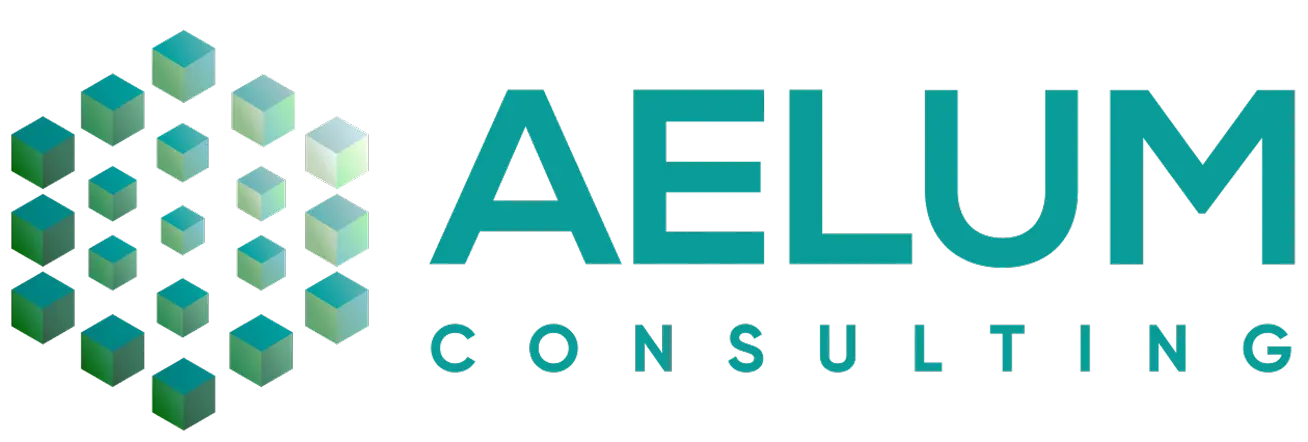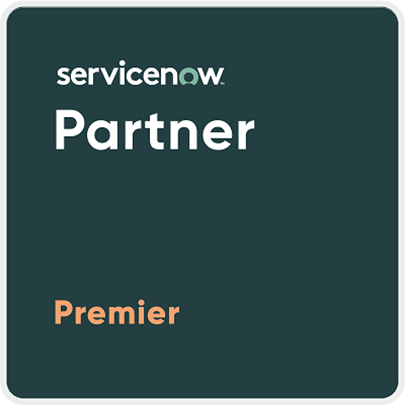Let’s start with a truth many organizations overlook companies are struggling to stick to their cloud budgets. Deloitte reports that nearly half of organizations have overspent in recent years, with average overruns reaching 15%. This is more than a budgeting issue; it’s a visibility gap.
Without clarity on what assets, you own, where they are, how they’re used, or what they’re costing, control slips away. This is exactly where IT Asset Management (ITAM) shifts from operational to strategic.
As a technology or asset leader, you’re likely already aware of asset management’s growing importance. With 38% of teams now reporting directly to the CxO level (according to ServiceNow), it’s clear that asset visibility, cost optimization, and risk mitigation have become boardroom priorities.
But recognizing ITAM’s value is only step one. The real challenge and opportunity lies in its implementation. A well-executed ServiceNow ITAM implementation transforms the platform into a strategic engine for visibility, control, and long-term value. It becomes a foundation for smarter decisions, proactive governance, and measurable business outcomes, especially as AI and GenAI reshape the asset landscape.
In this blog, we’ll cut through the noise and focus on what matters: the core goals CIOs need to focus on and the best practices to implement ServiceNow ITAM ensuring your asset management program is aligned with business priorities.
CIOs Core Goals to Make ITAM a Strategic Priority
1. Drive Cost Optimization with Complete Visibility
Clarity over assets leads to control over outcomes. Full asset visibility across on-prem, cloud, and shadow environments is key to spotting underused resources, eliminating redundancies, and avoiding overspending. ITAM helps you move from reactive cost-cutting to proactive cost strategy.
2. Mitigate Risks Before They Escalate
From security vulnerabilities to software audit failures, unmanaged assets are a liability. A strong ITAM practice gives you the data accuracy and governance to stay compliant, secure, and audit-ready, without the last-minute fuss.
3. Boost Operational Efficiency Through Automation
Manual tracking leads to errors, delays, and wasted effort. ITAM helps automate asset discovery, onboarding, offboarding, and lifecycle tracking, freeing up your team to focus on higher-impact work and driving faster service delivery.
4. Connect Asset Data to Strategic Decisions
ITAM is a business enabler. When asset intelligence is tied to finance, procurement, and ESG goals, it empowers leadership to make smarter, faster decisions that support long-term value and sustainability.
Strategic Best Practices to Implement ServiceNow ITAM
ServiceNow ITAM implementation is beyond technology deployment – it’s about orchestrating a strategic transformation that aligns asset intelligence with business outcomes.
1. Determine Your ITAM Maturity and Business Objectives
Before diving into ServiceNow ITAM configuration, take a hard look at where you stand today. Your maturity assessment must answer 3 important questions:
- What are your highest business pain points that ITAM can address?
- Where is the organizational pain due to lack of asset visibility?
- Are we losing money or have compliance risk?
The answers to these questions should guide your project, just like a north star, to ensure every ServiceNow capability you adopt addresses a business issue.
2. Commit Executive Sponsorship and Governance
The hard truth is that ServiceNow ITAM implementations fail when they are approached as an IT project, and not as a business transformation. ITAM is a function that needs top sponsorship to succeed. Get an executive leader to support the project. Build a team with people from IT, finance, and procurement. Define clear goals and assign responsibilities to keep everyone aligned.
3. Visualize the Scope and Strategic Roadmap for ITAM
Start with a clear vision that answers:
- What does success look like in 12 months?
- Which asset types will you tackle first?
- How will ITAM support your broader digital transformation?
Be clear what is in scope of your initial implementation and what you could move to future phases. Vision should be ambitious enough to support transformation and focused enough to guide daily decisions.
Unsure where to start your ITAM journey?
Let’s assess your maturity level and align ITAM with your business goals!
4. Clean, Connect & Enrich Your Data via CMDB and Discovery
Your CMDB is the head office for ITAM. A well-maintained Configuration Management Database serves as the central hub for all IT information, ensuring accurate and reliable data, so you can make better, more informed decisions.
Use ServiceNow Discovery to automatically catalog your infrastructure, establish data quality standards, and create governance policies for ongoing maintenance. Connect assets to business services, link financial data, and establish relationships between assets, users, and processes. Remember: Quality data is not a one-time achievement; it requires ongoing discipline.
5. Implement in Phases with High-Impact Use Cases First
Begin with a manageable scope to deliver quick wins. For example, develop the first phase around clearly defining a problem to solve, for example, software license compliance. Such use cases are easier to deliver, quantifiable, and will help build trust and confidence across your organization. Once these foundations are in place, you can gradually expand into more complex capabilities—such as full asset lifecycle tracking, integration with financial systems, or leveraging AI for predictive analytics and smarter decision-making.
6. Establish Policies, Processes & Ownership Across the Asset Lifecycle
Technology without process is just expensive software. ITAM is an ongoing process, not a one-time activity, requiring regular updates and monitoring to keep the asset management process effective.
Define clear ownership: who’s responsible for asset utilization, day-to-day management, and process improvement. Establish lifecycle processes for procurement, deployment, management, and retirement. Create policy frameworks that address classification, security, financial management, and change control.
7. Automate Discovery, Onboarding & Offboarding
Automation is a powerful ally, but it should support your workforce, not replace their judgment. Let the system handle repetitive, high-volume tasks, so your employees can stay focused on the bigger picture.
Here’s where automation works best:
- Discovery: Automatically detect devices, scan networks, and track software across environments.
- Onboarding: Register assets, assign users, and run compliance checks without manual effort.
- Offboarding: Remove access, clean up data, and recover assets swiftly and securely.
The goal is not only to automate everything but to free your team from busy work, so they can focus on decisions that drive real business impact.
8. Integrate ITAM with Finance, Procurement & Security
ITAM should not operate in isolation; it needs to work closely with other IT areas to tap into its full potential. Integration prevents duplicate work, optimizes resources, and strengthens your entire IT operation.
Connect with finance for real-time cost tracking and budget planning. Integrate procurement for automated requisitions and vendor management. Link with security for vulnerability management and compliance monitoring. This transforms ITAM from a standalone tool into a strategic business platform.
9. Monitor Key Metrics and Business Outcomes
Success in ServiceNow ITAM is not only measured by assets tracked, but it’s measured by business outcomes achieved. Consistent reporting keeps stakeholders well-informed about asset status and performance, enabling informed decisions and early issue identification.
Track financial metrics like cost per asset and license utilization savings. Monitor operational metrics like discovery accuracy and deployment time. Measure risk through compliance scores and vulnerability exposure. Focus on strategic metrics like business service availability and stakeholder satisfaction.
10. Continuously Optimize Through Feedback, AI, and Upgrades
Continual improvement of the ITAM process keeps it relevant and maximizes its benefits to the organization. Your ServiceNow ITAM implementation should not be your destination; it should be your journey of continuous evolution.
Establish feedback loops through regular stakeholder surveys and performance monitoring. Leverage AI for predictive analytics and anomaly detection. Stay updated with ServiceNow updates and new features. Create a culture where process optimization and innovation are ongoing priorities.
Want to dive deeper into what ServiceNow ITAM can do? Explore our full guide
Wrapping Up: Turn ITAM into a Strategic Advantage
Implementing ServiceNow ITAM is more than just managing assets, it’s about building a connected IT environment that evolves with your business and helps you make smarter, faster decisions. When done right, ITAM becomes a key part of your strategy supporting better governance, sparking innovation, and giving you the clarity to move forward with confidence.
And while technology is the foundation, success comes from the right people, the right vision, and a clear plan.
Aelum is here to guide you through the journey. As a trusted ServiceNow partner, we’re here to help you every step of the way. Whether you’re starting fresh or improving what you already have, we bring structure, experience, and a hands-on approach that turns your ITAM goals into real business value.
Let’s work together to make ITAM a strength for your organization—connect with our experts!
Gain 360° Visibility of Your IT Assets, Try Unified ITAM Solution Now
Frequently Asked Questions (FAQs)
1. What is the difference between ITAM and CMDB ServiceNow?
- ServiceNow ITAM focuses on managing the lifecycle, cost, and compliance of assets like hardware, software, and cloud services.
- ServiceNow CMDB is designed to track the configuration, status, and relationships between those assets (as Configuration Items or CIs), helping in operations, incident, and change management.
Both works together within ServiceNow to provide full asset visibility and operational control.
2. What is included in ServiceNow ITAM?
ServiceNow ITAM includes solutions for managing the full lifecycle of IT assets—hardware, software, cloud, and mobile devices. It offers modules like Hardware Asset Management (HAM), Software Asset Management (SAM), Cloud Insights, and mobile asset tracking. It also integrates with the CMDB, procurement, finance, and security teams to streamline processes, reduce costs, and ensure compliance across the organization.

































